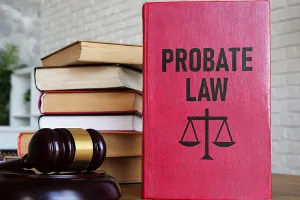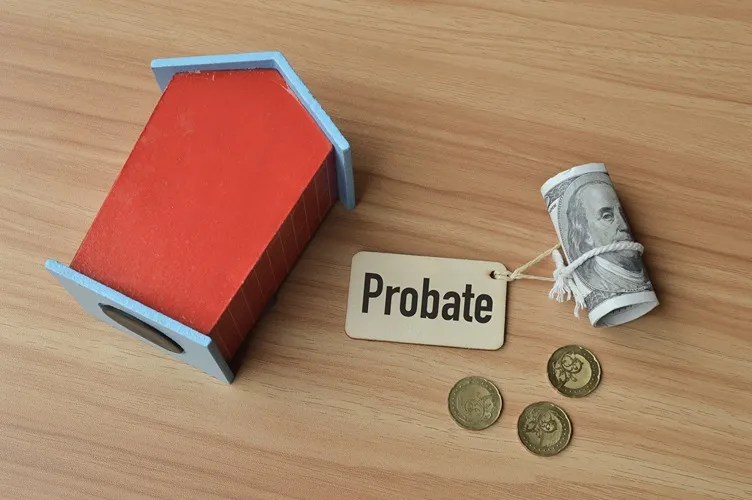If you’re searching for how to initiate intestate probate in Texas, chances are you’re dealing with the estate of a loved one who passed away without a will. First of all, take a deep breath. You’re not alone. Thousands of families in Texas navigate intestate estates every year, and while the process may feel overwhelming, it becomes manageable once you understand the steps—and the legal language surrounding it.
In this comprehensive guide, we’ll break down everything you need to know about initiating intestate probate in Texas, with a focus on heirship proceedings. We’ll explore the legal framework, share real-life examples, and walk through the critical tasks you’ll face from the first court filing to the final distribution of assets. Whether you’re a surviving spouse, adult child, or concerned grandchild, this guide is built to empower you with clarity and confidence.

What Is Intestate Probate—and Why Does It Matter?
To understand how to initiate intestate probate in Texas, it helps to start with the term “intestate.” Simply put, a person dies intestate when they pass away without a legally valid will. This means Texas law—not the deceased person’s preferences—determines how their estate is distributed. That distinction sets the tone for how the legal process unfolds and who gets involved in the estate administration.
What the Law Says
In Texas, intestate succession is governed by the Texas Estates Code. The law provides a detailed order of priority for who inherits what, depending on the family situation. Spouses, children, parents, and even more distant relatives may be entitled to a share of the estate. These rules apply automatically, regardless of what the decedent may have verbally expressed during their lifetime.
Why does this matter? Because without a valid will, you can’t simply start distributing assets or taking control of the deceased person’s property. You must go through the court system—and that begins by understanding how to initiate intestate probate in Texas. The entire process is designed to safeguard the interests of all potential heirs and creditors.
Real-Life Example: James’s Unexpected Passing
Let’s take a quick story to illustrate. James, a 52-year-old father of three, died suddenly of a heart attack in Austin. He never created a will. His adult daughter, Lena, assumed she could handle things informally. But when she went to the bank to access his account, they told her she needed “letters of administration.”
That was Lena’s first brush with probate—and her first question was: how do I even start?
Step One: Determine If Probate Is Necessary
Before you launch into paperwork, ask this key question: Is probate even required?
Situations That Might Avoid Probate:
- The deceased owned only jointly titled property with a right of survivorship
- All assets are in a living trust
- The estate qualifies as a small estate (under $75,000 in non-exempt assets)
If none of these apply, and the deceased owned property solely in their name, you’ll likely need to proceed with intestate probate.
Step Two: Understand the Role of Heirship Proceedings
When someone dies intestate in Texas, you typically need to file an “Application to Determine Heirship.” This court process formally identifies who the legal heirs are under Texas law.
Why Is an Heirship Determination Required?
The court doesn’t know your family tree. Even if everyone agrees on who the heirs are, a judge must make it official through heirship proceedings. This involves sworn testimony, an investigation by an attorney ad litem (a court-appointed lawyer for unknown or missing heirs), and a court hearing.
If you’re learning how to initiate intestate probate in Texas, know this: heirship proceedings are the foundation of the case.

Step Three: File an Application for Letters of Administration
Along with the heirship application, you’ll also need to request Letters of Administration. This document gives you legal authority to act on behalf of the estate.
What’s Included in the Application?
- The name and address of the applicant
- The decedent’s date and place of death
- A list of known heirs and their relationship to the decedent
- A general inventory of the estate’s assets
- The reason why administration is needed
Once you file the application, Texas law requires a waiting period (usually around two weeks) before a hearing is scheduled.
Step Four: Notify Heirs and Interested Parties
Next comes notice. Under Texas law, all potential heirs must be notified of the heirship and administration proceedings.
Who Must Be Notified?
- Known heirs
- Unknown heirs (via publication in a local newspaper)
- Creditors and debtors, in some cases
The court wants to ensure everyone with a potential interest in the estate has a fair chance to respond. This is especially important if there’s tension in the family or someone is likely to contest the heirship.
Step Five: Attend the Probate Hearing
This is when things become official. At the hearing, the judge hears evidence from the applicant (and possibly the ad litem), reviews documentation, and asks questions to clarify family relationships and asset details. This step is crucial, as the court’s findings here establish the legal foundation for distributing the estate.
What to Expect in Court
- Testimony about the decedent’s marital and family history
- Confirmation that the decedent died intestate
- Presentation of the inventory, if available
- Judge’s ruling to appoint an administrator and determine heirs
If everything goes smoothly, the judge signs an order determining heirship and issues Letters of Administration to the appointed person. This document serves as your legal permission to collect assets, pay debts, and settle the estate.
Real Story: Sarah’s Probate Journey in Galveston
Sarah’s father passed away in Galveston County without a will. He left behind a fishing boat, some land, and a handful of debts. Sarah was overwhelmed. After consulting with a local probate attorney, she filed for heirship proceedings and requested to be the administrator.
The ad litem assigned by the court found a half-sibling Sarah never knew about. Despite the surprise, the hearing went forward, and both heirs were acknowledged in the final court order. Without that process, Sarah might have unknowingly excluded a rightful heir.
This is why understanding how to initiate intestate probate in Texas matters so much—because the truth isn’t always on the surface.
Step Six: Inventory, Appraisal, and Paying Debts
Once you’re appointed as administrator, your duties begin. The court will require you to file a formal inventory, appraisement, and list of claims—unless you’re granted an independent administration with limited supervision.
What Are Your Duties?
- Collect and secure the estate’s property
- Notify creditors and pay valid debts
- File a notice to creditors in the newspaper
- Distribute assets to heirs once obligations are met
You’ll act as a fiduciary—meaning you have a legal obligation to act in the best interest of the estate and heirs.
:max_bytes(150000):strip_icc()/GettyImages-695596764-f85a2ca6141c41f7ba858ffb56e9b1fd.jpg)
Step Seven: Distribute the Estate According to Texas Intestacy Laws
Now that debts are paid and the court has signed off, it’s time to divide the remaining assets.
Texas Intestacy Law Basics:
- If the deceased had a spouse and children, the split depends on whether the children are from that marriage.
- If no spouse exists, children inherit equally.
- If no children or spouse, then parents, siblings, or even nieces and nephews may inherit.
The formula can get complicated quickly, especially in blended families. This is why understanding how to initiate intestate probate in Texas goes hand in hand with consulting the Texas Estates Code—or a good probate lawyer.
Common Mistakes to Avoid During the Process
Here’s a list of frequent errors families make when navigating intestate probate:
- Failing to notify all potential heirs
- Skipping publication requirements for unknown heirs
- Improperly valuing assets
- Using estate funds before formal appointment
- Failing to file inventory or closing reports
Each of these can delay the process—or worse, result in personal liability for the administrator.
Can You Handle Intestate Probate Without a Lawyer?
Technically, yes. But in reality, most people benefit from legal counsel. Heirship proceedings, court filings, deadlines, and creditor claims create a minefield of potential mistakes. Even simple errors in paperwork or procedure can cause major delays or even a court rejection of your application.
When to Absolutely Hire an Attorney:
- Complex family relationships (e.g., stepchildren, disputed paternity)
- High-value assets or real estate in multiple counties
- Out-of-state heirs
- Known disputes or prior litigation
- You’ve never handled probate before
An attorney can help you file correctly the first time, avoid unnecessary delays, and protect you from costly missteps. Their knowledge of Texas Estates Code and county-specific procedures can be the difference between resolution and prolonged frustration.

Final Thoughts: Why You Shouldn’t Wait to Start the Process
So, how to initiate intestate probate in Texas? It begins with understanding heirship, filing the right documents, notifying interested parties, attending a hearing, and fulfilling your duties as administrator. Every case is unique, but the legal structure is designed to protect fairness and ensure property passes to the right hands.
It may be tempting to delay, especially in the emotional wake of a loved one’s death. But the longer you wait, the harder things get. Assets remain tied up. Creditors grow impatient. And family tensions can worsen. Taking action today could prevent confusion, conflict, and court complications tomorrow.








